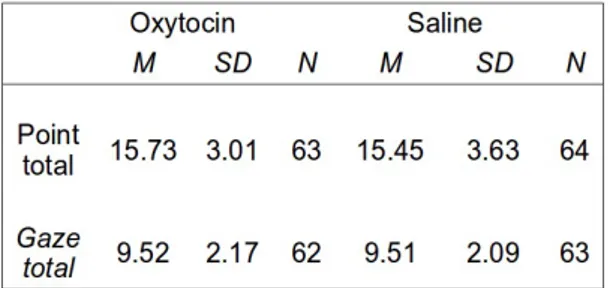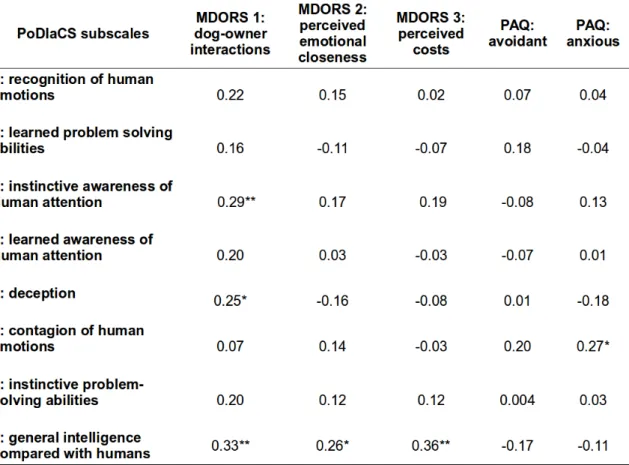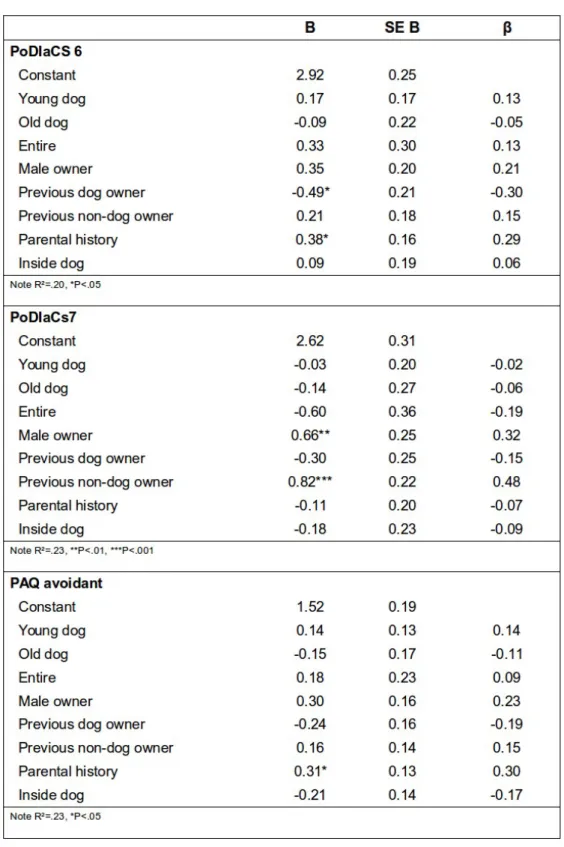Oxytocin blocks pet dog (Canis familiaris) object choice task performance being predicted by owner perceived intelligence and owner attachment
Texto completo
Figure




Documento similar
This study aims to analyse the discourse and representation of the Other in the graphic advertising published on social networks in Spain by Non-Governmental
As described before, this text carries out an analysis of content, which object of study is the images posted by main Spanish political parties and leaders on the social
These tasks and rules are used at execution time to guide the students during their learning process, so that they will be presented with different HTML pages depending on
1) To explore memory deficits in relation to intelligence in VLBW adolescents. 2) To study corpus callosum abnormalities and cognitive performance in adolescents being
Foreground segmentation. This module does the foreground object extraction task. Foreground extraction is performed using an approach similar to the one of the semantic
In higher education, when the self-assessed task counted toward final grades, rubrics (a) enhanced performance, (b) reduced performance and avoidance goals, (c) were preferred by
The aims of this study were to use single-cell RNA sequencing (scRNA-seq) to map the transcriptional landscape and cellular dynamics of directed differentiation of human embryonic
We test these features on an unsupervised classification (clustering) task, and show that they outperform primitive (low-level) features, and that have performance comparable to that
